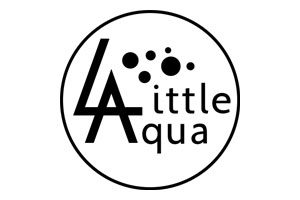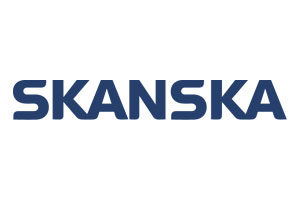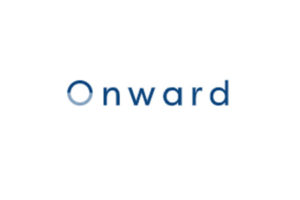LEGIONELLA COMPLIANCE
All organisations, are responsible for the water systems in their premises and have a legal duty to ensure that the risk of exposure to Legionella is properly risk assessed and controlled.
What Is Legionnaires’ Disease?
Legionnaires’ disease is one of a group of diseases collectively known as legionellosis. More than forty different species of bacteria are associated with legionellosis, the most dangerous being Legionella pneumophilia. Infection by L. pneumophilia can result in pneumonia and the symptoms are similar to those of flu and include high temperatures, muscle pains and headaches. Legionellosis principally affects those who are susceptible due to age, illness, immuno-suppression, smoking etc. It is also associated with a fatality rate of approximately 12%.
What Is The Source?
Legionella organisms are widespread in natural water sources and have been found in rivers, lakes, mud and soil. However, Legionella can also colonise in man-made hot and cold water systems such as storage tanks, calorifiers, air conditioning systems and cooling towers. The bacteria can live and multiply at temperatures of 20 – 45°C.
Route Of Infection
Legionellosis is caused by the inhalation of airborne droplets, which contain Legionella bacteria. However, infection can only occur under certain conditions that permit the growth and multiplication of the organism and involve the creation of droplets or aerosols, which can be inhaled and hence deeply penetrate into the lung.
What Are Your Legal Requirements?
Building owners are responsible for their work premises under Health and Safety at Work etc Act 1974 (sections 2, 3, 4 & 6), Control of Substances Hazardous to Health (COSHH) Regulations 2002 (Regulations 6,7,8,9 &12) and Management of Health and Safety at Work Regulations 1999 to protect the health and safety of not only their employees but for all those who are at risk including members of public. The HSE’s Approved Code of Practice (ACoP) L8 is a guideline document for the prevention and control of legionellosis in water systems and has a special legal status by which the employer can be prosecuted, fined or even imprisoned, if it is proved that you did not follow the relevant provisions of the Code.
What Do You Need To Have In Place?
You need to have:
- A compliant and up to date Legionella risk assessment
- A written scheme for the management of Legionnaire’s disease
- A planned preventative maintenance regime
How Can Total Environmental Compliance Help?
Our Legionella Risk Assessments are conducted in line with Legionnaires’ disease the control of Legionella bacteria in water systems (L8), Approved Code of Practice and guidance on regulations as well as the technical guidelines set on in the HSG 274 documents parts 1,2 and 3.
What Do Our Risk Assessments Include?
Our risk assessments include:
- A clear executive summary outlining the risks associated with your premises
- A bespoke management plan for improvement and risk reduction
- A full inspection of your water systems (conditions of cold water cisterns, hot water plants, spray producing devices, cooling towers and other plants.)
- A temperature profile of the premises
- Schematic diagrams
- An asset register
- Description of your water services
- Photographic evidence
- An audit of site management, written scheme procedures and records.
- An analysis of your training competencies
- The assessment will conclude on the condition of plant and advise you of any remediation necessary in order to reduce the risk from Legionella bacteria.

LEGIONELLA RISK ASSESMENT
Every year, Total Environmental Compliance carry out hundreds of Legionella Risk Assessments across all sectors. Our consultants have a wealth of experience conducting Legionella risk assessments, risk assessment reviews and management reviews across all industry sectors.
Achieve Total Compliance
Get in touch with us today to discuss all your Legionella, water hygiene and water safety requirements.

We have built a very good partnership with the contractor. We value their professional advice, but also feel comfortable in challenging them if required. Our organisations communicate on several levels from support staff through to management and we find them approachable, very responsive, and extremely helpful on all levels.
The company’s performance has significantly improved the Council’s compliance with ACOP L8, which means we consistently hit internal key performance indicators in this respect.
- Julie Gunson, Statutory Compliance Manger
Clients






























Accreditations







